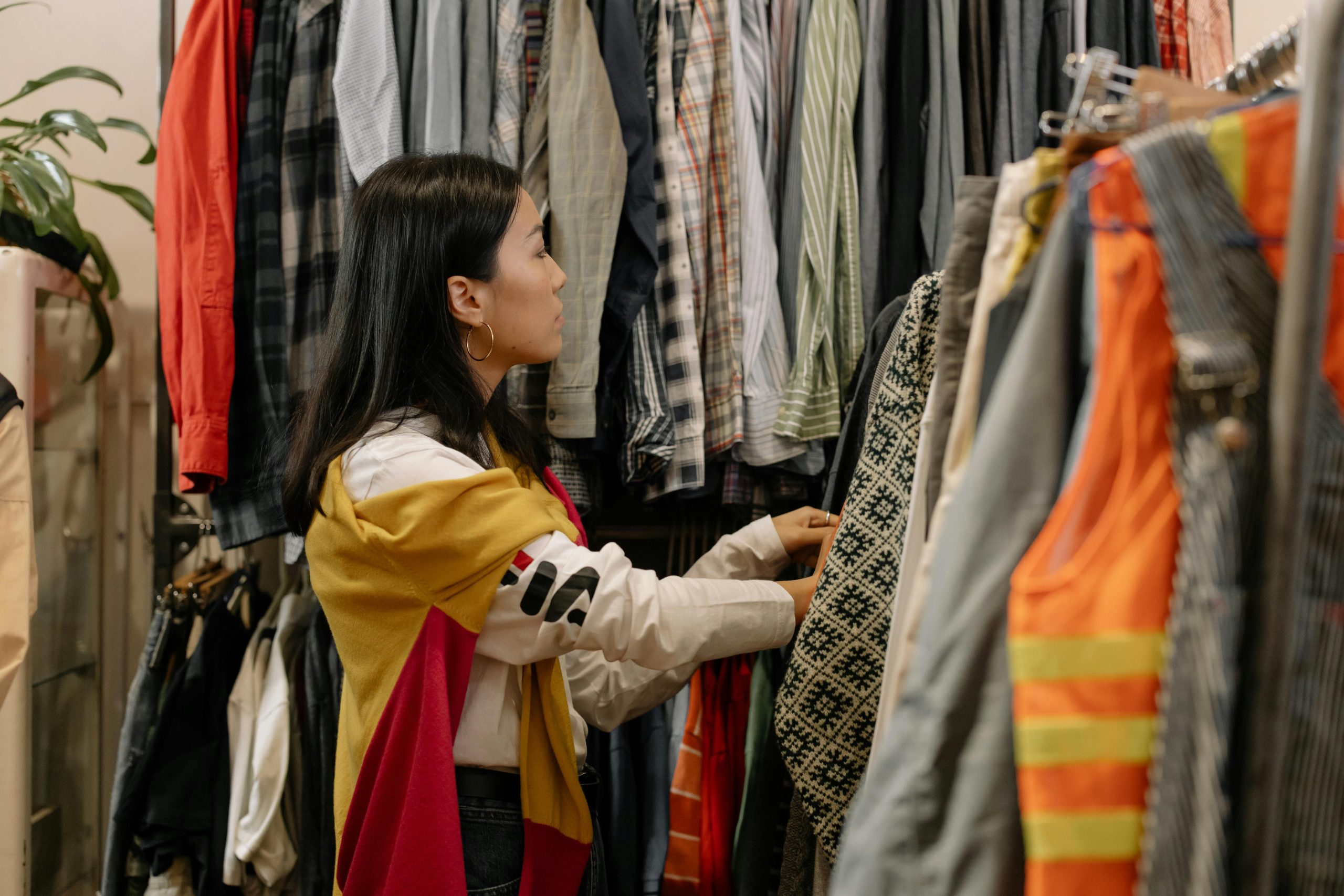How virtual fashion is shaping the future of retail
The fashion industry has always been at the forefront of innovation, constantly pushing boundaries and finding new ways to engage consumers. In recent years, a new trend has emerged that is revolutionizing the way we think about fashion and retail – virtual fashion. With the rise of technology and the digital age, virtual fashion has the potential to shape the future of retail in ways we have never imagined. In this article, we will delve into the world of virtual fashion and explore its impact on the retail industry.
The Evolution of Virtual Fashion
Virtual fashion may seem like a recent phenomenon, but its roots can be traced back to the early 2000s when Second Life became popular. Second Life was an online virtual world where users could create and customize their own avatars, including their clothing. This gave users the ability to experiment with fashion and express their personal style in a virtual environment.
Fast forward to today, and the concept of virtual fashion has evolved significantly. Brands are now using 3D technology to create virtual clothing collections that are indistinguishable from real-life clothing. These virtual collections are then showcased through VR experiences, gaming platforms, and even social media, providing a new and immersive way for consumers to interact with fashion.
The Benefits of Virtual Fashion for Retail
Reducing Waste and Costs
One of the most significant benefits of virtual fashion is its potential to reduce waste and costs in the retail industry. With traditional fashion production, there is often a surplus of inventory, resulting in overstock and eventually, waste. Virtual fashion eliminates this issue by creating clothing digitally, reducing the need for physical production and excess inventory.
Moreover, virtual fashion also reduces the costs associated with traditional fashion production, such as sourcing materials, manufacturing, and shipping. This cost-effectiveness allows brands to offer their collections at a lower price point, making fashion more accessible to a wider audience.
Enhancing the Shopping Experience
Virtual fashion is also transforming the way consumers shop for clothing. Traditionally, consumers would have to visit a physical store to try on and purchase clothing. However, with virtual fashion, consumers can now try on virtual clothing from the comfort of their own home. This not only saves time but also allows for a more seamless and personalized shopping experience.
Moreover, virtual fashion also allows for greater customization and personalization. Consumers can create and customize their own avatars to try on the virtual clothing and get a more accurate sense of how the clothing would look on them, without having to physically try it on. This level of personalization enhances the overall shopping experience, making it more engaging and interactive.
Pushing Boundaries and Encouraging Creativity
Virtual fashion opens up new possibilities for creativity in the fashion industry. With the ability to create and showcase clothing digitally, designers are no longer limited by physical constraints. They can experiment and push boundaries with their designs, creating truly innovative and unique collections that are not limited by the laws of physics.
Moreover, virtual fashion also allows for greater collaboration between designers, artists, and technologists, leading to even more creative and boundary-pushing collaborations. This level of creativity and innovation not only benefits the fashion industry but also inspires and engages consumers.
The Future of Retail is Virtual
While virtual fashion is still in its early stages, its potential to shape the future of retail is immense. As technology continues to advance, we can expect to see even more innovative and immersive ways for consumers to engage with fashion virtually.
Furthermore, with sustainability becoming a top priority for consumers, virtual fashion provides a more environmentally friendly and cost-effective solution for the retail industry. It also has the potential to make fashion more inclusive and accessible for all, breaking down traditional barriers and limitations.
In conclusion, virtual fashion is not just a trend, but a force that is shaping the future of retail. With its ability to reduce waste, enhance the shopping experience, and inspire creativity, virtual fashion is redefining the way we think about fashion and its interaction with technology. As we continue to move towards a more digital world, it is safe to say that the future of retail is virtual.










